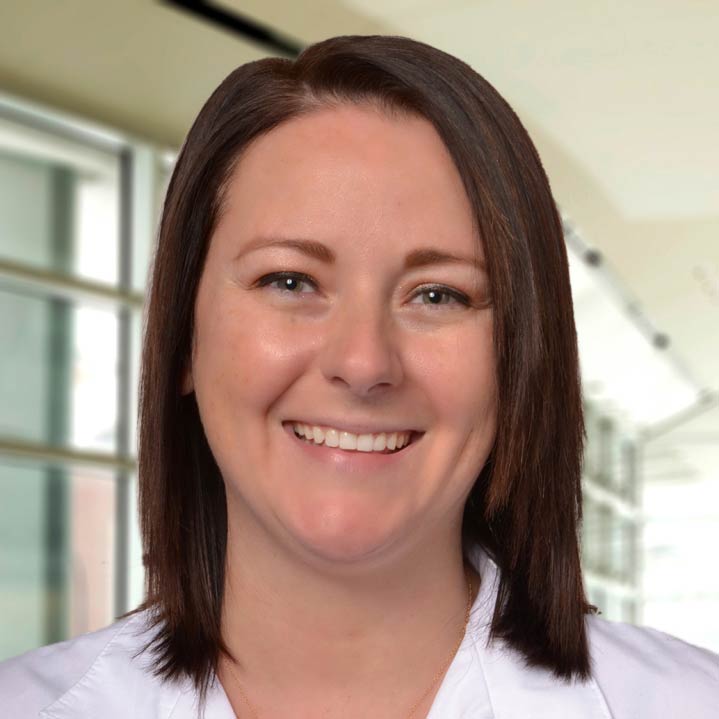
If you've been living with pain from an injury, effects of aging, or another reason, you understand the daily strain this can have on your life. Many people living with ongoing pain find themselves using medication that treats the symptoms but doesn’t address the root cause of the problem. That’s why scientists and physicians have been exploring orthobiologics for injuries that limit a patient's ability to participate in sports, exercise and a healthy lifestyle.
There are many treatment options within orthobiologics. It's important to understand when to consider these treatments, what to expect and the facts about them.
What is orthobiologic treatment?
Orthobiologics, sometimes called regenerative medicine or cell-based therapy, aims to repair injured cells and tissues by using the body's own naturally occurring repair-oriented cells.
When are orthobiologics an appropriate treatment?
Orthobiologics are considered when an injury isn't improving with standard-of-care treatment, or when the patient and physician decide the problem would best be treated with a more natural approach. Patients are encouraged to speak to their doctor about whether orthobiologics are an option for them.
Common forms of orthobiologic treatment
Platelet rich plasma (PRP) was the first major biologic intervention developed. During this procedure, blood is drawn from the arm, placed in a centrifuge machine to concentrate platelets, then applied to the problem area. When these platelets are applied to injured tissue, they release growth factors that stimulate the body's natural repair process. By using PRP injections, you're using the body's inherent healing properties.
Bone marrow concentrate (BMC) is another form of orthobiologics. This process is similar to PRP, but rather than a blood draw, bone marrow is aspirated from the hip or knee. The bone marrow then goes through the same concentration process as PRP.
Lipoaspiration is the third form of orthobiologics and involves harvesting adipose (fat) through mini-liposuction. The adipose is then rinsed with saline to remove cellular debris and passed through a filter to resize the product. Microfragmented adipose tissue (MFAT) preserves several cell types found in adipose that may be helpful in tissue healing.
What orthobiologics research has been conducted at Ohio State?
We've studied PRP for various problems, including arthritis, tennis elbow and meniscus tears.
Is there other research patients should know about?
Outside of Ohio State, trials have studied the effect of orthobiologics on arthritis in several different joints (knee and hip), rotator cuff tears, tendon tears of the hip, Achilles tendinitis/tendinopathy and plantar fasciitis.
What we've learned about orthobiologics from clinical research at Ohio State
PRP has been compared head-to-head against both BMC and lipoaspiration for knee osteoarthritis in clinical trials. In these studies, all three perform very well and result in comparable outcomes. Studies demonstrate that after a single PRP injection, patients experience less pain and increased activity levels, and they're often able to get back to activities they enjoy at a higher level. Outcomes improved within six weeks.
In studies of people looking to address tendinitis or similar issues, PRP is usually needed only once, with benefits lasting up to one year and sometimes longer. Research has also shown positive changes in bone health after PRP.
Is there ongoing research at Ohio State in orthobiologics?
We're constantly exploring new treatment options to solve problems for our patients. Clinical trials are an important part of this process. The most up-to-date list of ongoing and pending clinical trials can be found by contacting our clinical research department.
The bottom line
Orthobiologics can promote healing in the body. Talking to your doctor first and choosing reputable, trained professionals is your most important step in trying it for yourself.

Use your body’s power to heal itself
Learn more about orthobiologic treatments at Ohio State
Learn more






